Hawker Siddeley Dominie RAF
Production Time 9 to 10 weeks
Shipment is by FedEx, UPS or DHL International Express Courier with a normal door-to-door delivery time worldwide of within 2-3 business days after dispatch. Due to the current volatility of world fuel prices, the amount mentioned here is our best estimate for DHL and UPS and may be subject to change at the time of shipping.

Model Description: Hawker Siddeley Dominie RAF Wood Replica Scale Custom Model Aircraft
Manufacturer: Hawker Siddeley
Wingspan: 17 Inches (43.2 Centimeters)
Height: 5.7 Inches (14.5 Centimeters)
Scale: 1:38
Registration: XS709
$239.50
Production Time 9 to 10 weeks
-
United States dollar ($)
-
Pound sterling (£)
-
Euro (€)
-
Australian dollar ($)
-
Canadian dollar ($)
-
Singapore dollar ($)
-
Swiss franc (CHF)
-
Japanese yen (¥)
-
Danish krone (kr.)
-
Hong Kong dollar ($)
-
Norwegian krone (kr)
-
Swedish krona (kr)
-
United Arab Emirates dirham (د.إ)
General Product Description
Our PlaneArt Hawker Siddeley Dominie RAF model exhibits unique, unrivaled quality and detailed design to come as close as possible to the accuracy of the actual plane. It comes as standard with a robust, durable base or stand which is available in a variety of different finishes designed to match your own personal requirements including solid wood, wood with polished metal supports or adjustable wood wall mount and will be ready within about 9-10 weeks from placement of order.
The Hawker Siddeley Dominie RAF model is made of the finest kiln dried renewable mahogany wood (commonly known as Lauan or Meranti) which has undergone many stages of carving and meticulous and careful sanding giving the beautiful, finished museum quality masterpiece. Many collectors and model connoisseurs demonstrate their preference for genuine handmade and hand painted mahogany wood models rather than plastic or die cast (diecast) alternatives due to the overall look and totally different feel of the item - we trust you will find the same. We can however, if required produce the same model in Solid Cast Resin so just click and contact us for further information. Our craftsmen and gifted artisans ensure that our finely handcrafted model airplanes match the precise blueprint details of the original aircraft. The paint scheme, markings and parts are closely matched, reflecting the original aircraft. This stylish top-quality desktop replica model will surely enthrall anyone who receives this as a gift and for sure one of the most appropriate and desirably collectable gifts for any aviation enthusiast or avid military jet aircraft collector whilst also displaying a perfect resemblance to the actual real life version.
There are many types of military jet aircraft, but the basic types are bombers, fighters, fighter bombers, spotter planes, transporters, patrol aircraft, trainers, and reconnaissance and observation aircraft. All these types of aircraft are used for different types of missions. If you're a fan of historic or present-day military aviation, our model aircraft will bring the excitement and character of these aircraft right into your own home.
If you require, we can also make the Hawker Siddeley Dominie RAF model in any other military, government or even private livery or colour scheme you require and if necessary, in a different size or scale. Just click here to contact us with a description or photographs of what you require, and we will let you have a quotation for the necessary customization by return email. We can also make bespoke scale replicas of any other private / civil commercial airliner or airliners, helicopter, glider, gliders with engines, military propeller, warplane jets, biplane, triplane, tail fin, spacecraft, rocket or NASA model you require in any airline, military or civilian livery or colors. We also produce model airships, blimps, dirigibles, blimps, boats, and ship collectibles. Wall plaque or seal for military, government or private customers. Again, by clicking here to contact us just let us know exactly what you need.
The Hawker Siddeley Dominie: RAF’s Training Aircraft
The Hawker Siddeley Dominie, a distinguished member of the Royal Air Force’s training fleet, was specifically designed for navigation and radio operator training. Based on the civilian HS.125, the Dominie served the RAF from 1965 until its retirement in 2011. This article provides a detailed overview of the aircraft’s technical specifications and its role within the RAF.
Introduction to the Hawker Siddeley Dominie
The Hawker Siddeley Dominie, also known as the HS.125-2 Dominie T1 in military terminology, was a small, twin-engine jet developed in the United Kingdom. It was originally built by de Havilland, and later by Hawker Siddeley after de Havilland became a part of the latter. The Dominie was utilized primarily for training aircrew in navigation and communications, capitalizing on its sophisticated avionics package.
Design and Development:
The Dominie’s design was based on the successful HS.125 business jet, which was known for its speed and efficiency. The aircraft featured a pressurized fuselage allowing for comfortable high-altitude flights, crucial for training scenarios that simulated operational conditions.
Key Technical Specifications:
- Length: 15.46 meters
- Wingspan: 14.33 meters
- Height: 5.28 meters
- Engines: Two Rolls-Royce Viper 301 turbojets, each producing 3,000 pounds of thrust.
- Maximum Speed: Approximately 522 mph (840 km/h) at altitude.
- Range: 1,720 miles (2,770 kilometers)
- Service Ceiling: 35,000 feet (10,668 meters)
- Crew: Two pilots and up to six trainees
- Avionics: Fitted with advanced navigation and communication systems that were state-of-the-art at the time of its introduction. This included inertial navigation systems, various radios, and radar.
Operational Use:
The Dominie was primarily used at the RAF College Cranwell, located in Lincolnshire, England. It was instrumental in training several generations of RAF navigators and other specialist aircrew. The aircraft’s capability to replicate a range of conditions — from basic flight training to advanced electronic warfare — made it an invaluable asset to the RAF’s training command.
Legacy and Retirement:
Over its service life, the Dominie proved to be a reliable and effective training tool. However, advancements in aviation technology and changes in training requirements eventually made the aircraft less suitable for modern needs. The RAF retired the Dominie in January 2011, marking the end of an era. Its role was largely taken over by more modern simulators and new-generation aircraft, which could offer even more realistic training environments and updated technological teaching tools.
Conclusion:
The Hawker Siddeley Dominie remains a significant part of RAF history. It not only represented a leap forward in training capabilities during its introduction but also demonstrated the adaptability of civilian aircraft designs for military training purposes. Although no longer in active service, the Dominie’s impact on the training of RAF aircrew continues to be felt, as many of its trainees went on to have distinguished careers in various aviation capacities. The aircraft’s retirement signifies a transition to new technologies and methodologies in military training, reflecting ongoing advancements in aerospace technology.
| Weight | 6 kg |
|---|---|
| Dimensions | 16 × 17 × 5.7 in |
Be the first to review “Hawker Siddeley Dominie RAF” Cancel reply
Similar Models
Helicopters
Military Airplanes - Propeller
Military Airplanes - Propeller
Military Airplanes - Propeller
Private & Civilian
Private & Civilian
Military Airplanes - Propeller
Military Airplanes - Propeller
Military Airplanes - Propeller
Military Airplanes - Propeller
Military Airplanes - Propeller
Military Airplanes - Propeller
Military Airplanes - Propeller
Military Airplanes - Propeller
Boats, Ships & Submarines
Boats, Ships & Submarines
Military Airplanes - Propeller
Military Airplanes - Propeller
Military Airplanes - Propeller
Military Airplanes - Jet
Military Airplanes - Jet
Military Airplanes - Jet
Military Airplanes - Jet
Military Airplanes - Propeller
Military Airplanes - Propeller
Military Airplanes - Jet
Military Airplanes - Jet
Military Airplanes - Jet
Military Airplanes - Jet
Military Airplanes - Propeller
Military Airplanes - Jet
Military Airplanes - Propeller
Military Airplanes - Propeller
Private & Civilian
Military Airplanes - Propeller
Military Airplanes - Propeller
Private & Civilian
Israel Aircraft Industries IAI-1124 Westwind TNT Air Couriers
Military Airplanes - Propeller
Military Airplanes - Jet
Military Airplanes - Jet
Military Airplanes - Jet
Military Airplanes - Jet
Military Airplanes - Propeller
Military Airplanes - Propeller
Military Airplanes - Jet
Military Airplanes - Jet
Military Airplanes - Jet
Military Airplanes - Propeller
Military Airplanes - Jet
Military Airplanes - Jet
Military Airplanes - Jet
Military Airplanes - Propeller
Military Airplanes - Propeller
Military Airplanes - Propeller
Military Airplanes - Propeller
Military Airplanes - Jet
Military Airplanes - Jet
Military Airplanes - Propeller
Military Airplanes - Jet
Private & Civilian
Military Airplanes - Jet
Military Airplanes - Propeller
Private & Civilian
Military Airplanes - Propeller
Military Airplanes - Jet
Military Airplanes - Propeller
Military Airplanes - Propeller
Military Airplanes - Propeller
Military Airplanes - Propeller
Military Airplanes - Propeller
Military Airplanes - Propeller
Military Airplanes - Jet
Military Airplanes - Jet
Private & Civilian
Military Airplanes - Jet
Military Airplanes - Jet
Helicopters
Helicopters
Helicopters
Military Airplanes - Propeller
Helicopters
Military Airplanes - Jet
Blackburn Buccaneer RAF 237 Operational Conversion Unit OCU Squadron
Military Airplanes - Propeller
Private & Civilian
Military Airplanes - Jet
Military Airplanes - Jet
BAe British Aerospace Hawk T.1 Mk.1 Royal Air Force RAF Red Arrows
Military Airplanes - Jet
Military Airplanes - Propeller
Military Airplanes - Propeller
Military Airplanes - Propeller
Military Airplanes - Propeller
Military Airplanes - Propeller
Military Airplanes - Propeller
Military Airplanes - Propeller
Military Airplanes - Propeller
Military Airplanes - Propeller
Private & Civilian
Private & Civilian
Helicopters
Private & Civilian



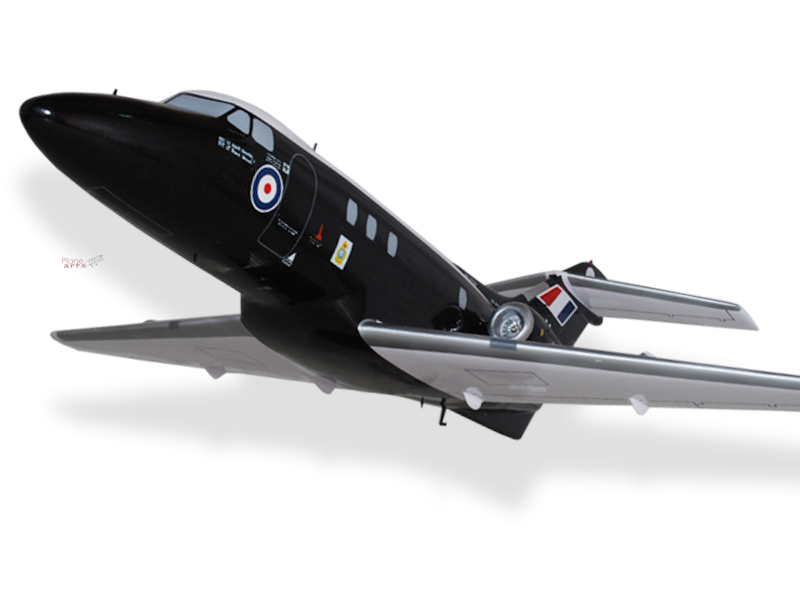
















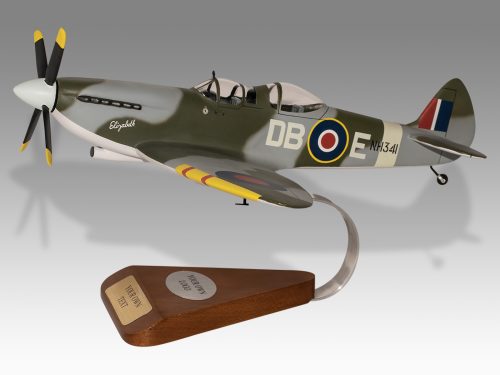


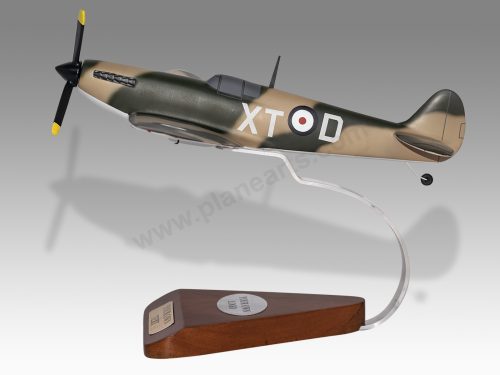

























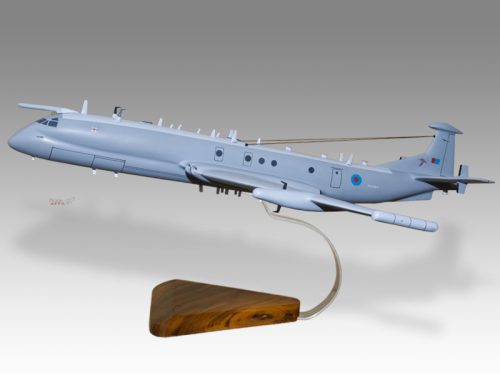










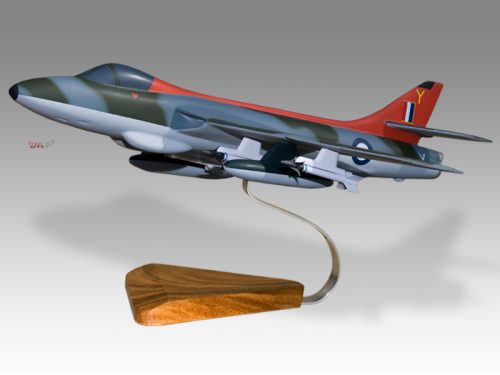



























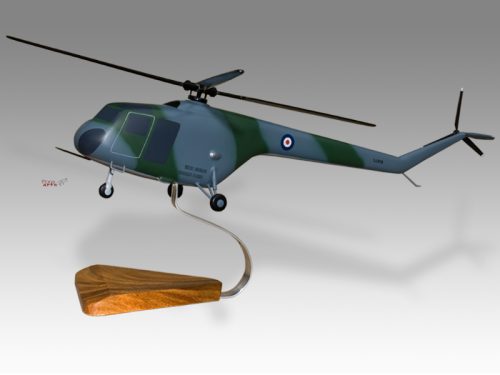

















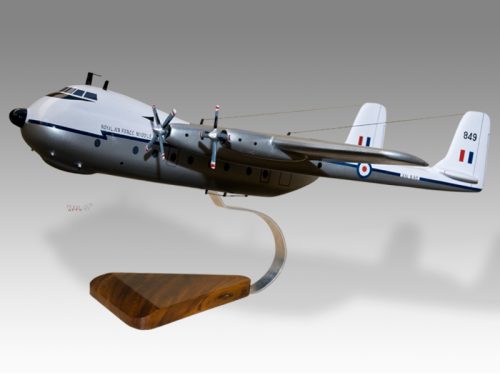




Reviews
There are no reviews yet.